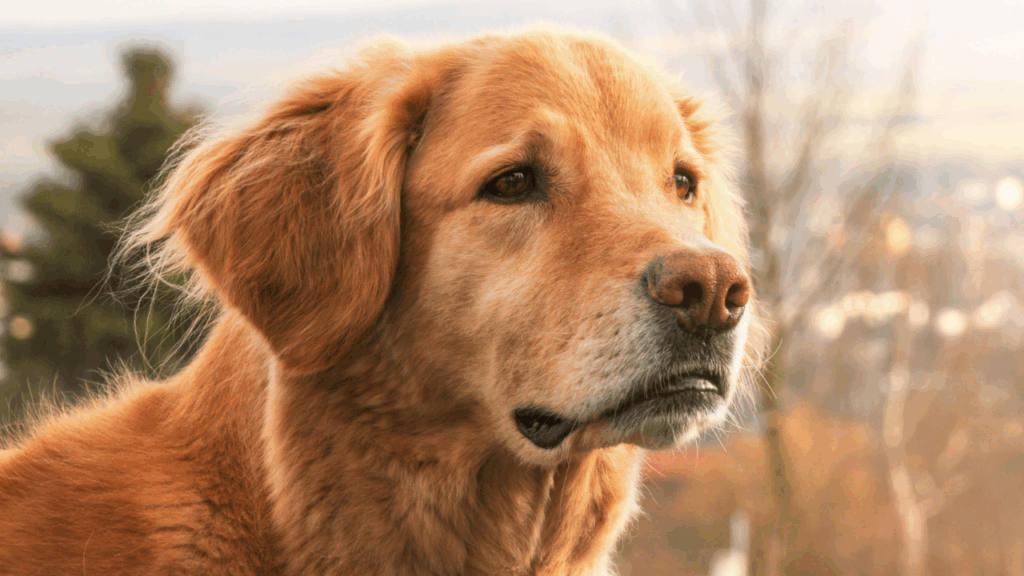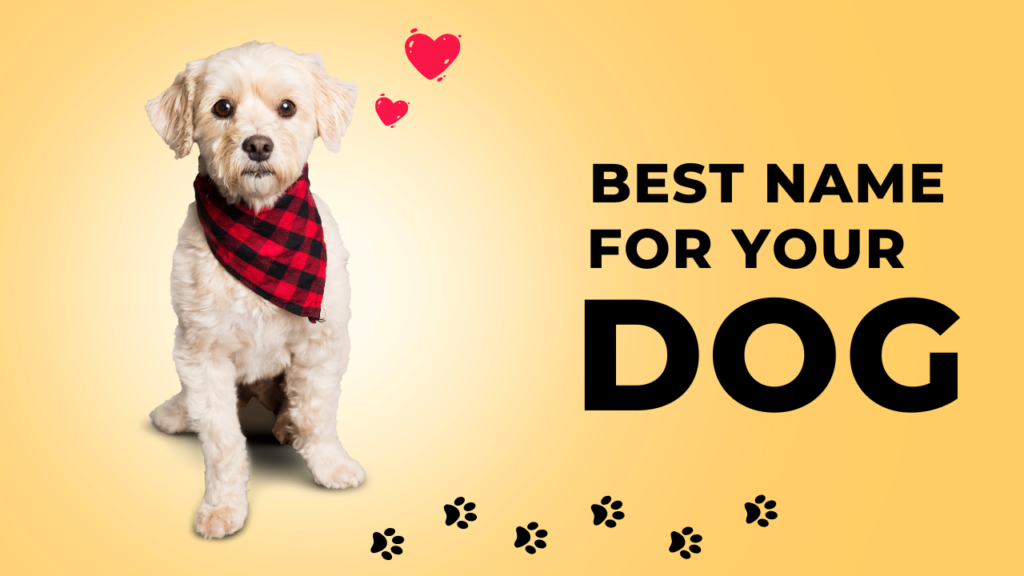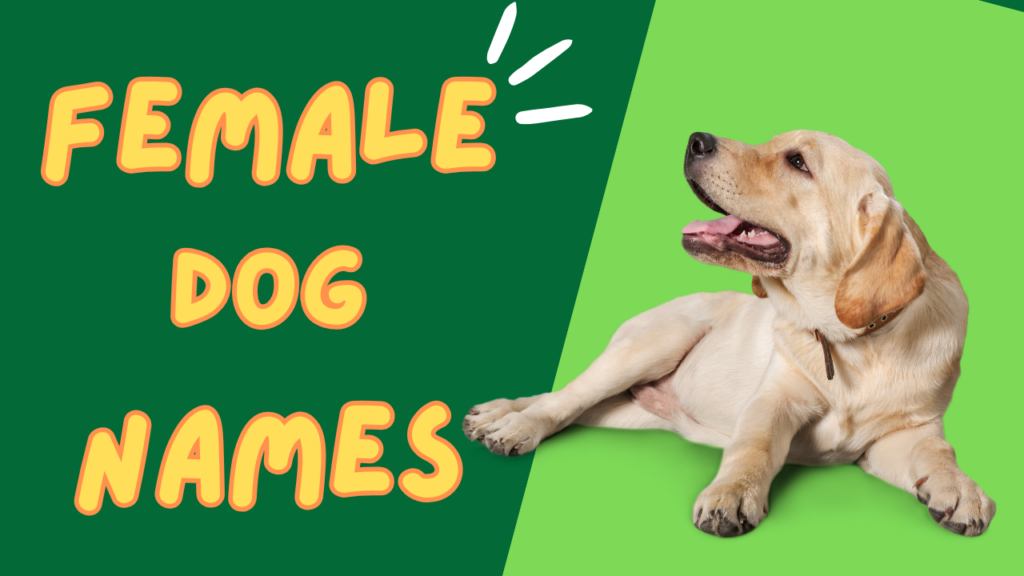The Hovawart is a powerful, intelligent, and deeply loyal working dog with a strong instinct for protection and companionship. With roots tracing back to medieval Germany, this versatile breed was originally developed to guard estates and farms, and today it continues to impress as a devoted family dog, search-and-rescue worker, and guardian. Combining strength, gentleness, and confidence, the Hovawart is an ideal choice for experienced dog owners seeking a protective yet affectionate canine companion.
Origins and History
The name “Hovawart” comes from the Middle High German words “hova” (farm or yard) and “wart” (guardian or watchman), meaning “guardian of the farm.” This breed has a rich history that dates back to at least the Middle Ages, where it was frequently used to protect homesteads from intruders and predators.
Although its numbers declined with the rise of more modern working breeds, efforts in the early 20th century—led by enthusiasts like zoologist Kurt Friedrich König—helped revive the Hovawart using dogs found in the Black Forest and Harz mountains. These dogs had to meet strict standards of temperament, working ability, and appearance to be included in breeding programs. Thanks to this careful selection, the Hovawart retains much of its original working instinct and noble appearance.
Physical Characteristics
The Hovawart is a large, well-balanced dog that exudes power and endurance without being overly bulky. Males typically stand between 25–28 inches (63–70 cm) tall, and females measure 23–26 inches (58–65 cm). Males usually weigh between 66–88 pounds (30–40 kg), while females are slightly lighter.
The breed’s coat is long and slightly wavy, offering protection from harsh weather. Hovawarts come in three main color varieties:
- Blonde
- Black
- Black and gold (similar in markings to a Rottweiler)
Their noble head, expressive eyes, and bushy tail contribute to their confident and majestic presence.
Temperament and Personality
Hovawarts are intelligent, confident, and deeply devoted to their families. Their natural protective instincts make them excellent watchdogs—they are alert, discerning, and not quick to bark unnecessarily. Unlike some reactive breeds, the Hovawart is known for its calm demeanor and balanced nature.
With proper training and socialization, they are gentle with children and other pets and can be affectionate without being overly clingy. However, they are also independent thinkers and may test boundaries if not given consistent guidance.
Their strong guarding instinct makes them wary of strangers at first, but they are rarely aggressive without provocation. The Hovawart is naturally territorial and will instinctively defend its home and family if it senses danger.
Training and Intelligence
The Hovawart is a highly intelligent breed, capable of learning complex tasks and excelling in various canine sports and disciplines such as obedience, agility, tracking, and search-and-rescue.
That said, they can also be stubborn and strong-willed. Training should begin early, be consistent, and use positive reinforcement techniques. Harsh training methods are not effective with this breed and can damage the trust between dog and handler.
Because of their working heritage, Hovawarts thrive when given a job to do, whether it’s patrolling the yard, participating in training exercises, or engaging in mentally stimulating games.
Exercise and Living Needs
The Hovawart is an active and energetic breed that requires regular exercise to remain healthy and well-adjusted. Daily walks, play sessions, and freedom to explore a secure yard are essential.
This is not a dog for apartment living or sedentary lifestyles. They need room to roam and tasks to engage their minds. Without proper physical and mental stimulation, the Hovawart may become bored and develop destructive behaviors.
Ideally, they should live in rural or suburban homes with access to outdoor space. Families that enjoy hiking, running, or dog sports will find the Hovawart a wonderful and enthusiastic companion.
Grooming and Maintenance
Despite their long coats, Hovawarts are relatively low-maintenance. Their fur is naturally resistant to dirt and only requires brushing once or twice a week to prevent matting and control shedding. During seasonal shedding periods, more frequent grooming may be necessary.
Bathing is only required occasionally, and their ears, nails, and teeth should be maintained like any other dog breed.
Health and Lifespan
The Hovawart is a generally healthy breed, thanks to careful breeding practices in Germany and other parts of Europe. However, like many large breeds, they can be prone to:
- Hip dysplasia
- Hypothyroidism
- Ear infections
- Bloat (gastric torsion)
Routine vet check-ups and a balanced diet will support a long, healthy life. The average lifespan of a Hovawart is 10–14 years.
Who Is the Hovawart Right For?
The Hovawart is best suited for experienced dog owners who can provide structure, leadership, and sufficient mental and physical activity. First-time dog owners may struggle with their independence and guarding instincts.
This breed is ideal for:
- Active families with older children
- People with rural or suburban homes
- Owners interested in dog sports, tracking, or working roles
Conclusion
The Hovawart is a magnificent and devoted breed with deep working roots and a loyal heart. For those willing to meet its exercise, training, and space needs, the Hovawart offers a rare combination of guardian instincts, family loyalty, and enduring companionship. Whether patrolling a farm, joining a mountain hike, or guarding the front door, the Hovawart does it with dignity, courage, and unwavering dedication.

Andy Parker is a dog lover, writer, and senior editor at BarkPicks. With years of experience covering canine health, training, and gear, he helps pet parents make smarter choices for happier, healthier dogs. Andy shares his home (and heart) with two rescue pups, Charlie and Mia.



